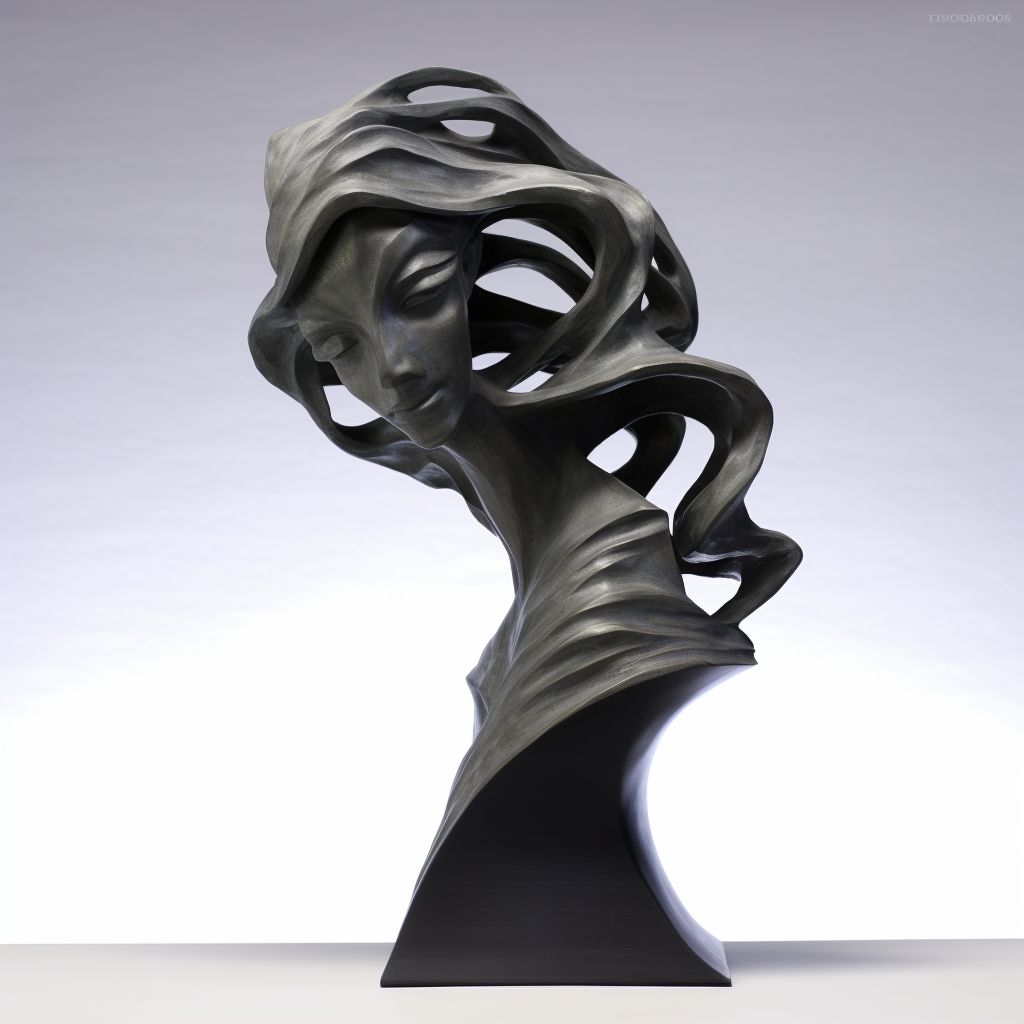Sue Ann Bowling, a passionate writer, who creates this article finds joy in crafting words that express ideas, evoke emotions, and spark imaginations. Whether in fiction or research, she embraces storytelling and sharing knowledge. Sue Ann’s dedication is evident in her thoughtful prose and attention to detail, inspiring others to embark on their own creative literary journeys.
Introduction:
Modern sculpture plays a vital role in contemporary art, pushing boundaries and challenging traditional notions of form and expression. Understanding the artist’s process behind these captivating creations allows us to appreciate the depth and innovation embodied in modern sculptures. This article delves into the world of modern sculpture, providing insights into the artistic journey and techniques employed by artists.
I. Historical Context of Modern Sculpture:
The transition from traditional to modern sculpture marks a significant shift in artistic expression. Movements such as Cubism, Abstract Expressionism, and Minimalism have shaped the evolution of modern sculpture. Technological advancements, including 3D printing and computer-aided design, have also had a profound impact on sculptural practices, enabling artists to explore new possibilities.
II. Inspiration and Conceptualization:
Modern sculptors draw inspiration from a variety of sources, ranging from personal experiences to societal issues. Their work often reflects a conceptual framework that explores abstract ideas or communicates specific messages. Through case studies, we can witness the diverse approaches artists take to generate and develop their ideas.
III. Material Selection and Experimentation:
Materials play a crucial role in modern sculpture, as artists carefully consider their expressive qualities and visual impact. From traditional materials like marble and bronze to unconventional choices like found objects and recycled materials, artists experiment with a wide range of mediums. This section explores the significance of material selection and showcases artists who push boundaries through innovative material experimentation.
IV. Tools, Techniques, and Processes:
The tools and techniques used in modern sculptural practices vary widely. Traditional methods such as carving, modeling, and casting are still employed, but artists also embrace contemporary approaches like welding, assemblage, and installation art. By examining specific processes, we gain insight into the meticulous craftsmanship and skill required to bring modern sculptures to life.
V. Collaboration and Technology:
Collaboration has become increasingly prevalent in modern sculpture, as artists engage with other creatives and experts to bring their vision to fruition. Furthermore, technology has revolutionized sculptural creation, allowing artists to explore new avenues of expression. This section delves into collaborative practices and examines the impact of technology on the artist’s process.
VI. Challenges and Problem-Solving:
The creation of modern sculptures is not without its challenges. Artists face technical obstacles, logistical constraints, and conceptual dilemmas that require innovative problem-solving. By analyzing the solutions artists employ, we gain a deeper appreciation for their artistic resilience and ingenuity.
VII. Reflection and Iteration:
Reflection and iteration are integral aspects of the artist’s process. Sculptors often engage in continuous refinement and exploration, revisiting and reimagining their work through multiple iterations. This section explores how artists embrace the feedback and critique process to refine their sculptures and deepen their artistic vision.
VIII. Exhibition and Display:
The exhibition and display of modern sculptures require thoughtful considerations. Artists strategically curate their work, considering factors such as spatial arrangements, lighting, and interaction with the audience. This section examines innovative exhibition approaches that enhance the viewer’s experience and provide meaningful contexts for the sculptures.
Conclusion:
Understanding the artist’s process in creating modern sculptures provides a glimpse into the artistic journey and the immense effort invested in bringing these remarkable creations to life. By exploring the historical context, material selection, tools and techniques, collaboration, and problem-solving strategies, we gain a richer appreciation for the evolution and relevance of modern sculpture in contemporary art. The continued exploration of the artist’s process ensures that modern sculpture will continue to captivate and inspire audiences for generations to come.
FAQ:
Modern sculpture breaks away from the classical conventions of form and representation, embracing abstract, conceptual, and experimental approaches. It often incorporates unconventional materials, explores new techniques, and challenges traditional notions of sculpture.
Modern sculptors draw inspiration from various sources, including personal experiences, social and environmental issues, nature, and cultural influences. They may also find inspiration in historical events, scientific discoveries, or philosophical concepts.
Modern sculptors have a wide range of materials at their disposal. While traditional materials like marble, bronze, and wood are still used, modern sculptors also explore unconventional materials such as glass, plastic, found objects, and even recycled materials. The choice of material depends on the artist’s vision and the desired aesthetic and conceptual impact.
Technology has significantly influenced modern sculptural practices. Artists use computer-aided design (CAD), 3D modeling, and 3D printing to conceptualize and produce their sculptures. They may also incorporate digital elements, interactive components, or use technology for precision in their work.
Modern sculptors encounter various challenges during the creative process. These may include technical difficulties, logistical constraints, material limitations, or conceptual dilemmas. Sculptors often rely on problem-solving skills, adaptability, and artistic resilience to overcome these challenges.
